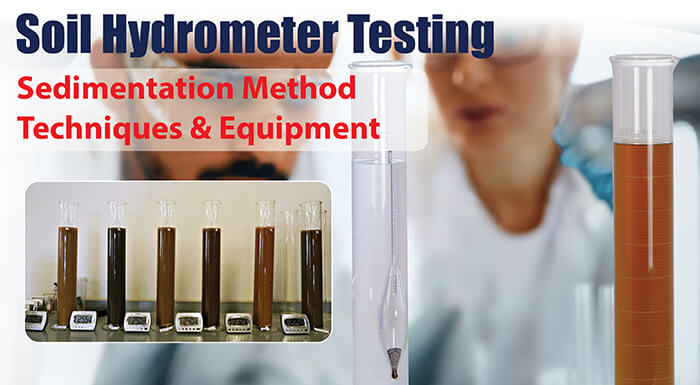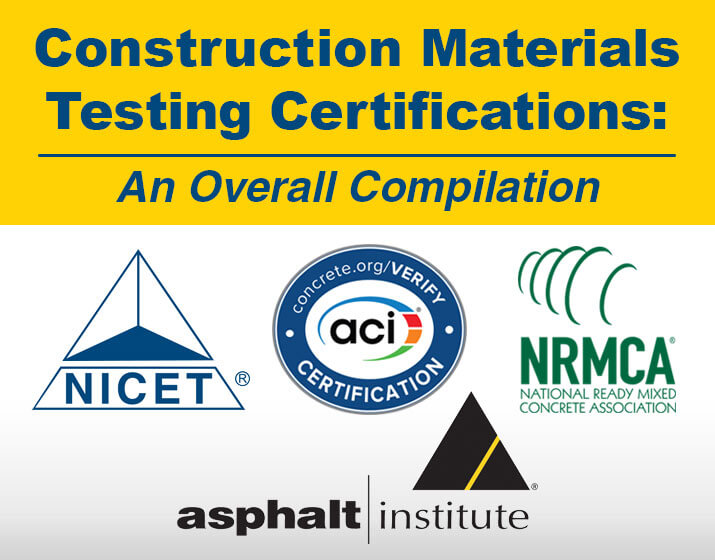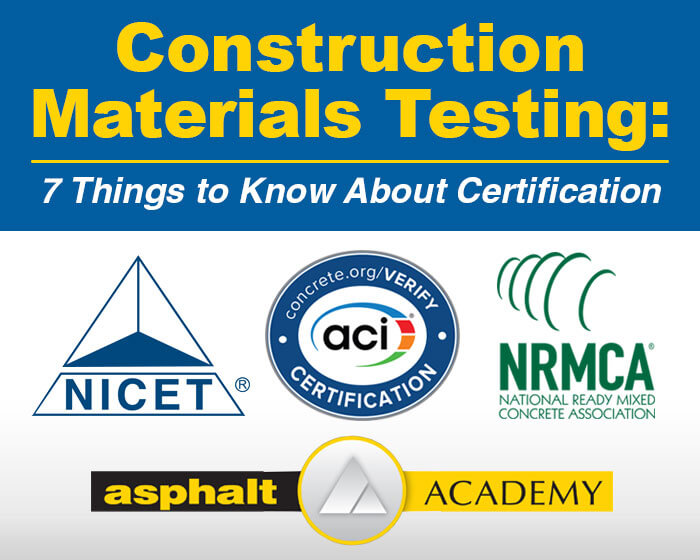In this blog post we discuss why it is important to perform strength tests of soil subgrades for pavement design, and also review what is needed for each type of test method whether it be in the lab or out in the field including the DCP test.
- Log in
- Favorites List
-
Shopping Cart
You have no items in your shopping cart.
- Gilson Chat
Blog posts tagged with 'Soil Testing'
Have questions about your materials testing equipment? We have the answers to these questions and much more right here! Check back monthly for long-form blog posts, how-to guides and infographics. We’ll address industry insights, the operation and maintenance of specific equipment, and our product line recommendations, all designed to better serve you.
Bookmark this page, add it to your RSS reader, or subscribe to our newsletter, so you never miss a hot topic.
Measuring the particle size distribution of fine-grained soils like clay and silt is best performed using the soil hydrometer test. In this blog post, we provide some guidance from sample prepping to performing the test procedure by following the ASTM D7928 standard test method.
In this blog, we briefly discuss what soil permeability (hydraulic conductivity) is and detail what equipment can be used for a wide array of soil permeability tests.
Proper soil compaction increases strength and stability resulting in successful structures and pavements. This blog will discuss the various means of testing soil compaction, which methods are suitable for your project, and the importance of having the right personnel in place.
In this blog, we will highlight the range of equipment available to perform this fundamental test method. ASTM test method D2435, and its AASHTO equivalent T 216, are the most common one-dimensional soil consolidation tests carried out today.
A basic load frame offers flexibility to become a multi-functional testing apparatus simply by adding or removing individual components designed for specific soil tests – and your testing needs. This blog post explores what to consider in determining the right type of load frame, as well as components and fixtures to select from that, can adapt it for different tests and ensure efficiency in the materials testing lab.
Over the past several months, we have explored various materials testing technician certifications and what it takes to achieve them. This final summary blog in the series includes what’s new, schedules for 2018 programs and testing, and a downloadable PDF Resource List. As any additional information becomes available, we will update the blog series accordingly.
Ready to dig into what it takes to earn a soil technician certification? This blog post provides information on soil/geotechnical materials testing certifications and the resources that are available to help get you there.
An ever-increasing number of regulations, project requirements and even individual test methods require that laboratory and field personnel undergo specific training and pass certification examinations before they can perform certain tests for the record. This, and the wide array of training and certification programs available from different organizations, underscore the importance that the engineering and construction communities place on expertise, competency and accuracy in all areas of construction materials testing.
This blog post covers everything you need to know about the Proctor Compaction Test including history, importance, procedure, tips and more.
- 2025
- 2024
- 2023
- 2022
- 2021
- 2020
- 2019
- 2018
- 2017
- 2016
- 2015

























